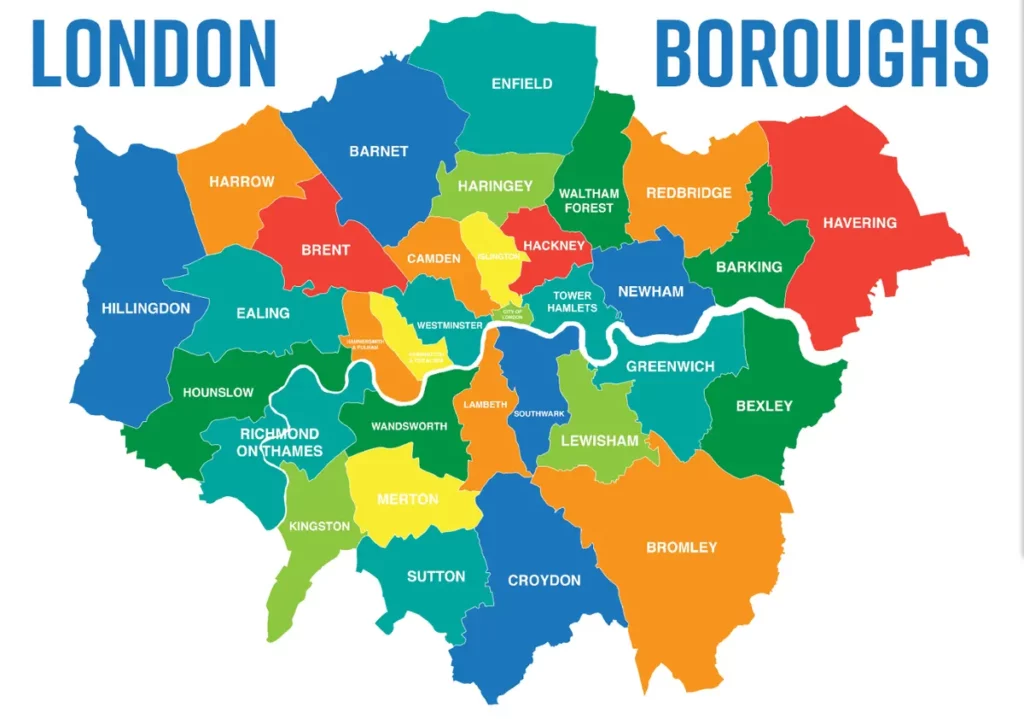Portable Appliance Testing Certificate for Rental Properties
A Portable Appliance Testing (PAT) certificate is a document that confirms electrical appliances in a rental property have been tested...


An Energy Performance Certificate (EPC) provides a rating of a property’s energy efficiency, ranging from A (most efficient) to G (least efficient). The certificate includes recommendations for improving energy efficiency and reducing energy costs. EPCs are necessary for prospective tenants and buyers to understand the energy performance of a property.
Find an Accredited Energy Assessor
Schedule an Assessment
Prepare for the Assessment
Property Inspection
Receive the EPC Certificate
Review the EPC Certificate
Store and Display the Certificate
The cost of obtaining an EPC certificate can vary based on factors such as the property size and location. On average, prices range from £35 to £120. Larger or more complex properties may incur higher costs.
For more information on obtaining an EPC certificate and finding accredited energy assessors, visit the following resources:
Obtaining an EPC certificate is a straightforward process that provides valuable information about your property’s energy efficiency. By following the steps outlined above, landlords can ensure compliance with legal requirements and provide important insights to prospective tenants and buyers. For further guidance, utilize the provided resources and consider consulting with an accredited energy assessor. Investing in energy efficiency improvements based on the EPC recommendations can also enhance the property’s value and appeal.
Be compliant and updated with the latest safety knowledge regarding fire risk, gas safety, electrical safety and energy performance.
A Portable Appliance Testing (PAT) certificate is a document that confirms electrical appliances in a rental property have been tested...
Landlords in the UK are legally responsible for ensuring that their rental properties are safe for tenants to live in....
From 15 June 2025, landlords and letting agents across the UK will face a major change in how Energy Performance...
Fire Risk Assessments in London A Comprehensive Guide to Safety and Compliance London, a city characterized by its high population...
Landlords Checks Limited 1340 – Greenford Road, Greenford, UB6 0HL
Mon – Friday 08:00 – 18:00 Saturday 10:00 – 16:00
